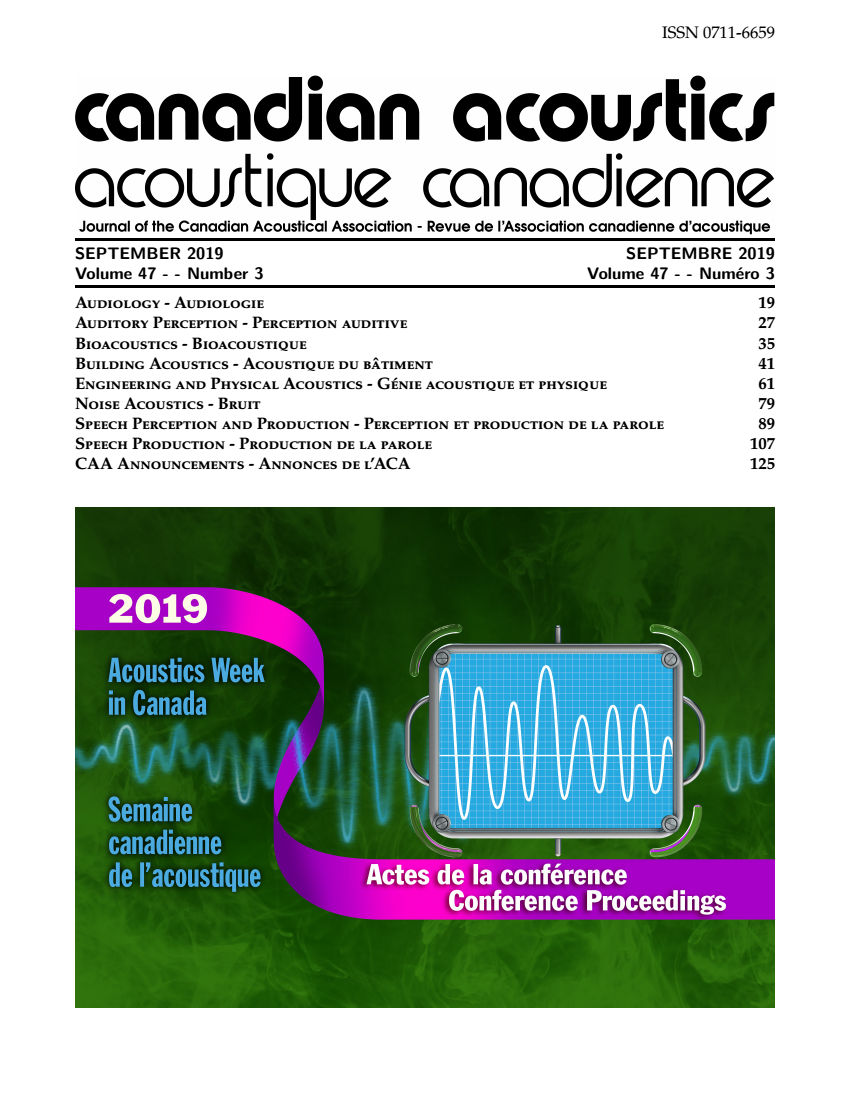Acoustical Considerations for Design-Build Mental and Behavioural Healthcare Facilities
Abstract
It is widely accepted that good quality healthcare environments are a key driver to patient wellbeing. There is evidence to suggest that acoustical quality may also have an important part in the recovery and treatment of patients suffering mental or behavioural health issues, with poor acoustic conditions seemingly exacerbating negative human-response effects such as irritability, anxiety, stress-related dementia and even lowered immune system symptoms.
While there is a wealth of information, guidance and well-rehearsed best practice for the acoustical design and construction of mainstream healthcare buildings, it is often the case that the acoustical requirements for mental or behavioural health are simply assumed to be the same as for all other patient care facilities. In speaking to users groups, healthcare professionals and researchers it is clear that relying solely on traditional sound isolation or absorption treatments will not necessarily provide acoustical conditions that either promote patient wellbeing or provide sufficient safeguards to protect patient privacy.
The challenges faced by designers, engineers and contractors in achieving an acoustical environment within successful and healthy treatment spaces requires careful consideration by the acoustician, with a delicate balance to be made between acoustic adequacy and patient safety. Building layout, adjacencies and the selection of materials and finishes requires scrutiny so that the completed building reflects not only the needs of patients and healthcare professionals but, which also ensures an efficient and cost-effective design-build process.
The paper will present the challenges and constraints faced by designers, engineers and contractors in achieving a successful design for mental or behavioural health facilities and will discuss and evaluate contemporary examples of acoustical treatments and noise control measures used within mental or behavioural treatment facilities located in Western Canada.
Additional Files
Published
How to Cite
Issue
Section
License
Author Licensing Addendum
This Licensing Addendum ("Addendum") is entered into between the undersigned Author(s) and Canadian Acoustics journal published by the Canadian Acoustical Association (hereinafter referred to as the "Publisher"). The Author(s) and the Publisher agree as follows:
-
Retained Rights: The Author(s) retain(s) the following rights:
- The right to reproduce, distribute, and publicly display the Work on the Author's personal website or the website of the Author's institution.
- The right to use the Work in the Author's teaching activities and presentations.
- The right to include the Work in a compilation for the Author's personal use, not for sale.
-
Grant of License: The Author(s) grant(s) to the Publisher a worldwide exclusive license to publish, reproduce, distribute, and display the Work in Canadian Acoustics and any other formats and media deemed appropriate by the Publisher.
-
Attribution: The Publisher agrees to include proper attribution to the Author(s) in all publications and reproductions of the Work.
-
No Conflict: This Addendum is intended to be in harmony with, and not in conflict with, the terms and conditions of the original agreement entered into between the Author(s) and the Publisher.
-
Copyright Clause: Copyright on articles is held by the Author(s). The corresponding Author has the right to grant on behalf of all Authors and does grant on behalf of all Authors, a worldwide exclusive license to the Publisher and its licensees in perpetuity, in all forms, formats, and media (whether known now or created in the future), including but not limited to the rights to publish, reproduce, distribute, display, store, translate, create adaptations, reprints, include within collections, and create summaries, extracts, and/or abstracts of the Contribution.


